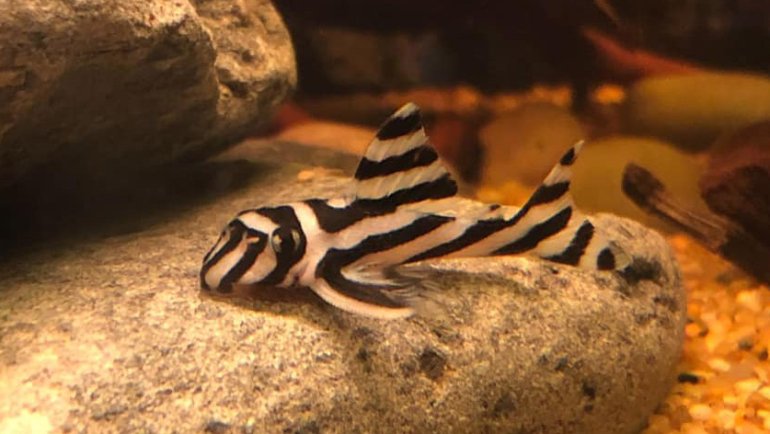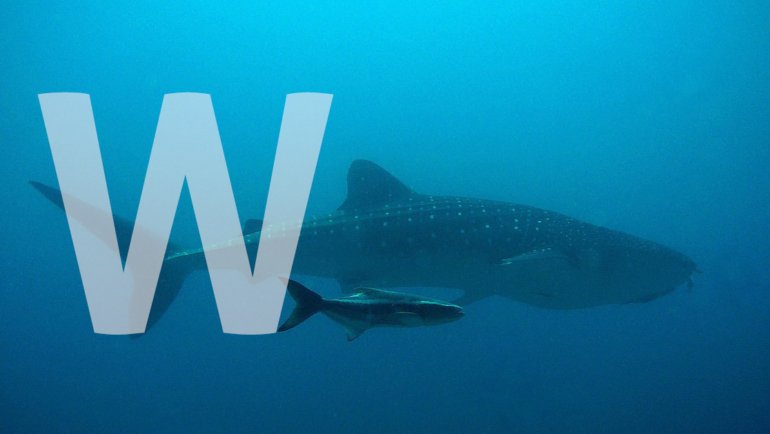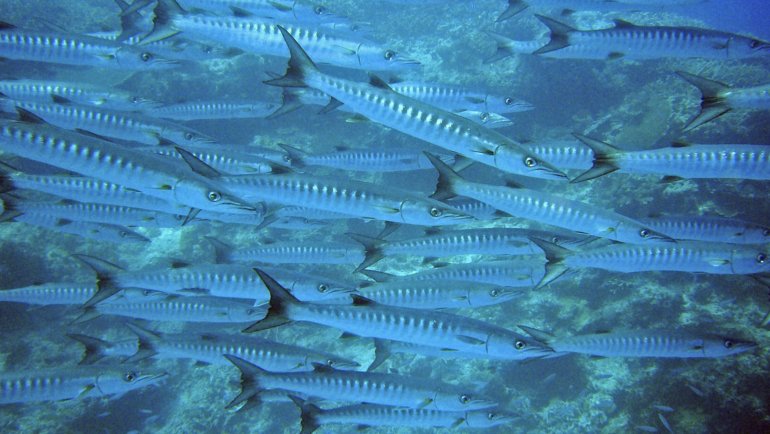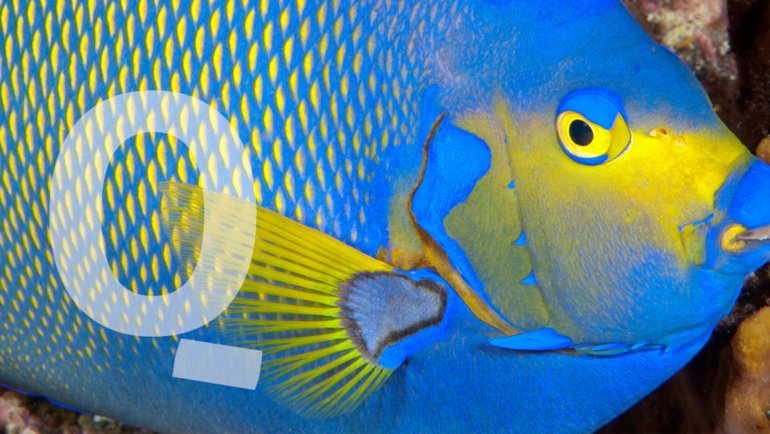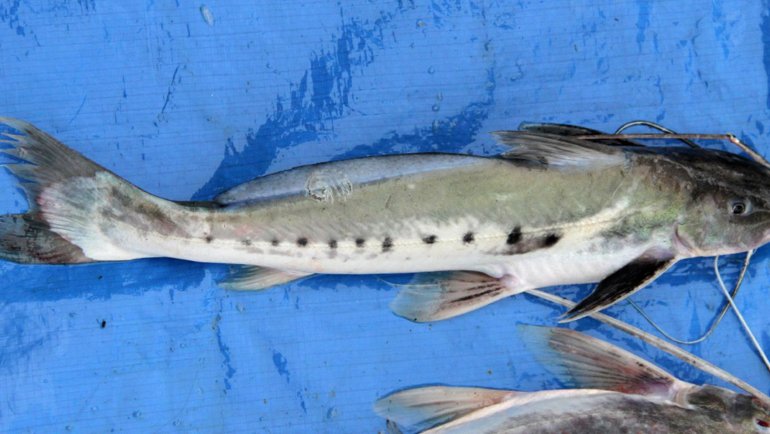It’s an open secret that great white sharks are one of the biggest shark species, and a surfer’s nightmare. But have you ever wondered which great white shark would take the crown of being the biggest of this prestigious species?
I present to you, the Deep Blue, the largest great white shark to have been recorded by scientists and marine biologists. The Deep Blue has become something of a celebrity for her incredible size.
Continue reading to learn more about the Deep Blue shark.
Who is The Deep Blue Shark?
You now know that the Deep Blue is the biggest great white shark ever caught on camera. With an astonishing estimated length of 20 ft, no other great white shark recorded or encountered by humans comes close to the Deep Blue.
The average length of great white sharks is usually between 11 to 15 ft. The Deep Blue surpasses this range by some distance and you can see why she is such a celebrity. Oh, did I mention the Deep Blue is a female shark? Female sharks are usually larger than males.
The Deep Blue is still possibly growing, albeit at a slower rate. She is estimated to be more than 50 years and with the expected lifespan of great white sharks to be 70 years and more, the great white can still add a couple of inches to her already mind-blowing length.
Our resident biggest white shark weighs an impressive 2.5 tons (2,268 kilograms) and has huge fins and razor-sharp teeth worthy of her status as the greatest great white shark.
Deep Blue’s Description
As stated earlier, Deep Blue is estimated to be about 20 ft (6.1 m) long and weighs over 2 tons. She also has noticeable pigmentation and markings on her body. There’s a large laceration on her right side. The great white also had a noticeable girth in addition to her length when she was first filmed leading to speculation that she was pregnant at the time.
Deep Blue has a unique pattern where the gray meets the white underside. According to shark photographer George Probst, the patterns on sharks are unique to each individual as he likened those patterns to human fingerprints.
When Was Deep Blue Discovered?
Deep Blue was reportedly first identified in the 1990s. But it wasn’t until 2014 that image and footage of the Deep Blue were captured. A marine biologist, Mauricio Hoyos Padilla, who was conducting research with his team as part of Shark Week off the coast of Guadalupe Island in Mexico. Apparently, the Deep Blue was swimming around Padilla’s research boat. Padilla posted videos of Deep Blue on Facebook which improved the shark’s popularity.
Deep Blue became even more popular when researchers spotted her in Hawaii. The researchers were in Hawaii to monitor tiger sharks but Deep Blue showed up as a pleasant surprise. The great white shark was in the area feeding off a sperm whale carcass.
Thanks to Deep Blue’s popularity, a Twitter account was created and named after her.
Deep Blue’s Interaction With Humans
Being the biggest great white shark to have ever been recorded, it’s normal for one to think Deep Blue would have an aggressive personality. Surprisingly, she has shown to be non-aggressive and a couple of bold people have interacted with the enormous predator.
The first footage of Deep Blue by Padilla showed the shark swimming calmly around the cage which Padilla was on. Padilla was never in any danger as Deep Blue only took a few curious bites at the cage and never attacked the researcher. You’ll also find videos of Deep Blue swimming around with dolphins indicating that she tolerates the presence of some other marine life.
There’s footage of a marine biologist, Ocean Ramsey, swimming alongside Deep Blue while holding onto her fins. That’s the closest anyone has gotten close to the apex predator and Ramsey was never attacked. The fact that the spark already fed on some sperm whale carcass was believed to make her more docile and tolerable to the diver.
Multiple sources have claimed the shark Ramsey swam with was not the Blue Deep but another big female shark called Haole Girl. Regardless of the identity of the shark, Ramsey was criticized for touching the shark, an act that could not only stress the shark but was also seen as harassment.
Photographer Kimberly Jeffries also had a surprise encounter with the Deep Blue in Hawaii and was able to get a beautiful image of the shark.
“I thought my heart was going to explode,” Jeffries was quoted as saying to Newsbeat.
“We noticed tiger sharks coming up to the back of the engines. It was perfect because it was ultimately what we came out to see.”
“Maybe 30 seconds later we see this massive shark, just kind of gracefully and slowly rising out of the depth. And she comes up to feed on the carcass.”
Final Thoughts
Deep Blue has become an ocean celebrity and rightly so. Yet, I cannot help but wonder if there’s even a bigger great white lurking in the ocean depths.
Researchers haven’t been able to tag Deep Blue so there’s no way to track her at the moment. But there are locations such as Hawaii and Guadalupe Island that she’s known to visit at specific times of the year.
There’s an interactive shark movement map, Ocearch, that marine biologists use to track the movement of famous white sharks to have a better understanding of their behavior. I hope the Deep Blue gets tagged sometime in the future so we can better understand the biggest great white shark ever recorded.
Top image: capture via Youtube – Explore Live Nature Cams / Ocean Ramsey
